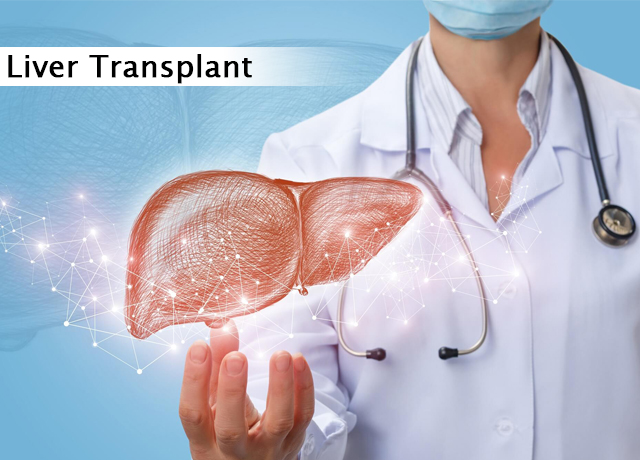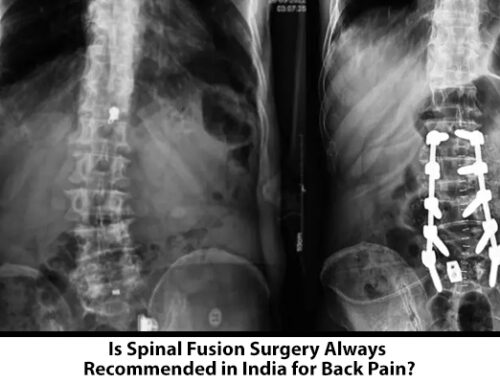The doctor replaces a patient’s diseased liver with a whole or partial healthy liver from another person during a liver transplant. When there is a problem in the liver function or liver failure, liver transplant becomes necessary. There can be a long term problem that leads to liver failure. If there is viral hepatitis, drug-induced injury or infection, it can be the cause of acute liver failure. In India, a liver transplant is done by expert doctors and many foreign patients undergo this surgical procedure here. They get a lot of help and support from the best medical tourism companies in India.
Among the body’s internal organs, the liver is the largest one. There are a number of complex functions that the liver performs.
- It removes bacteria and toxins from the blood.
- It prevents infection and regulates immune responses.
- It processes nutrients, medications and hormones.
- It produces bile, which helps the body in absorbing fats, cholesterol and fat-soluble vitamins.
- It makes proteins that help the blood clot.
Some Important Facts
The number of deceased-donor livers cannot meet the needs of the number of people waiting for a liver transplant. Therefore, an alternative way is to go for a living-donor liver transplant. It is possible as in a short period of time, after surgical removal of a part of the organ, the human liver regenerates and returns to its original size.
The transplant centre
The doctor refers the patient to a transplant centre after the decision of liver transplant is taken. A patient can also choose his/her preferred transplant centre by discussing with the doctor. There are some necessary points that a patient must know about the transplant centre. These include:
- The infrastructure of the transplant centre
- The statistics of the transplant centre
- The success rate of the transplant centre
- The total cost of the transplant done there
- The additional services that the transplant centre provide
Evaluation
The surgeon will evaluate a number of things before the operation. They are:
- Whether the patient is healthy enough for the operation
- Whether he/she has any medical conditions that can hamper the transplant procedure
- Whether he/she is willing to take the necessary medicines
Imaging tests, laboratory tests, heart tests, a general health exam, psychological evaluation and nutritional counselling are some of the tests done.
A reputed medical tourism agency in Kolkata supports the patients who come from the developed countries to India for liver transplant in all possible ways.
Before the procedure
After it is seen that the patient is able to undergo the operation, the doctor will put the name of the patient on a waiting list. When a donor becomes available the transplant takes place. There are two types of the donor, living and deceased.
The procedure
During a deceased-donor liver transplant, the surgeon removes the diseased liver after disconnecting the liver’s blood supply and the bile ducts. Then he/she places the donor liver in the patient’s body and attaches the blood vessels and bile ducts again.
The surgeon will transplant a portion of the donor’s liver into the patient’s body during a living-donor liver transplant. At first, the surgeon removes a portion of the donor’s liver for the transplant. Then he/she places that liver portion in the patient’s body after removing the diseased liver. Then the blood vessels and the bile ducts will be connected to the new liver. Both the liver portions in the patient’s and the donor’s body will regenerate rapidly and reach to their normal volume within a short time.






